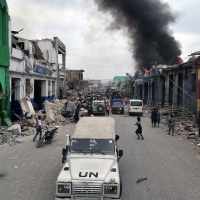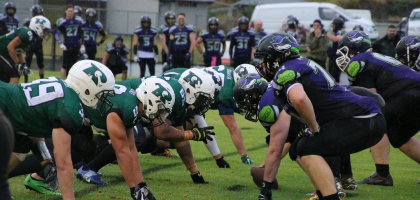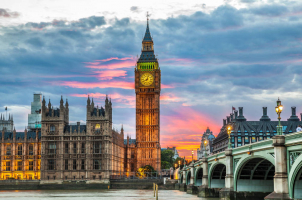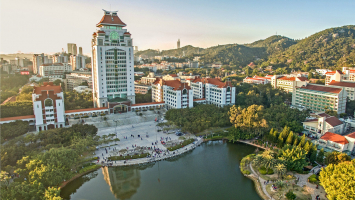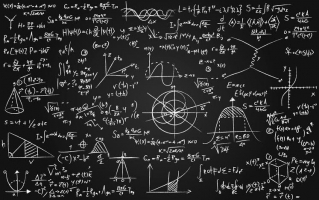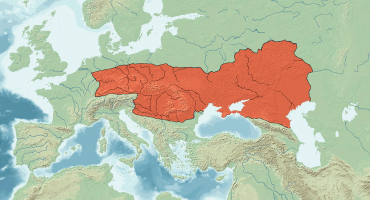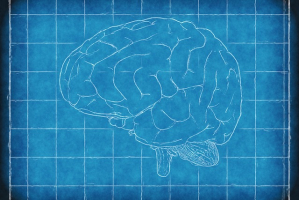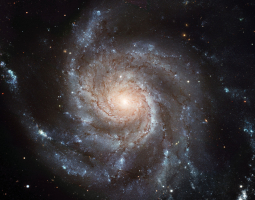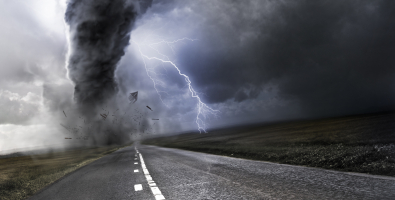Top 10 Biggest Natural Disasters That Haven't Happened... Yet
The globe deals with volcanoes, tsunamis, storms, and other natural disasters every year. However, these are just your average natural calamities. Many more ... read more...haven't actually occurred in our lifetimes or even at all as of yet. The scariest thing about them is just that. They have not yet occurred. However, they could.
-
Few natural calamities have the same level of devastating potential to harm society as a solar flare. It won't destroy structures the way an earthquake or a tsunami would, and it won't kill people the way a supervolcano or meteor would. Instead, it may effectively destroy the world's electronic infrastructure, which would ruin our entire way of life. Trillions of dollars are thought to be involved in the cost estimate. Later, when all the other infrastructure failed, the deaths would occur. transportation, food, medicine, and communication. The domino effect would occur, and recovery would be exceedingly difficult.
In 1859, a solar flare illuminated the sky. A magnetic storm that followed produced aurora effects that were so bright you could read by them all over the earth. Even when they were unplugged, telegraph lines developed electrical charges that occasionally caused fires. And today, that would be the main issue. In 1859, technology was hardly developed. Imagine the world of today's electrical grid being magnetically supercharged.
The electrical grid would be turned off. That implies that global finance and communication have disappeared. And fixing it can take weeks or even months. Other catastrophes at least completely destroy everything. A geomagnetic storm and solar flare would only take us back in time.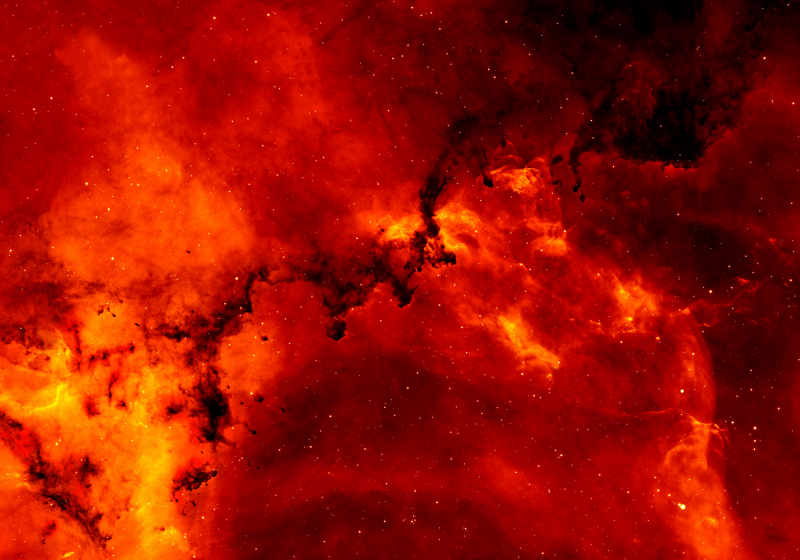
Image by Pixabay via pexels.com 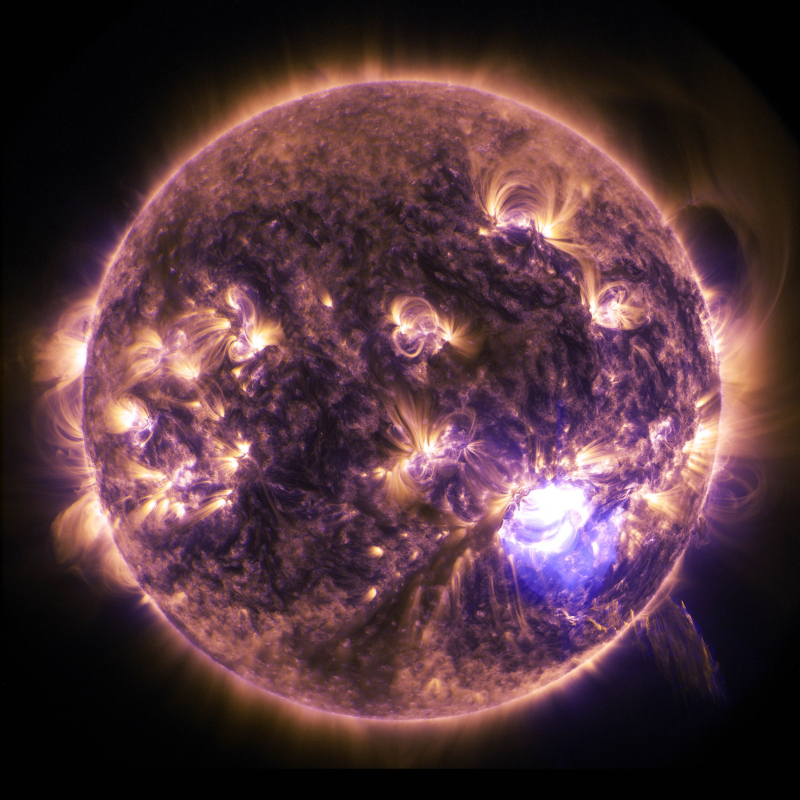
Image by Pixabay via pexels.com -
Even though Covid-19 has been horrible for the planet, the situation could have been much worse. According to estimates, Covid has a 3.4% mortality rate. Now that we have a vaccine for it, we also have certain medicines that can somewhat lessen the effects of the illness. However, there have been many fatalities globally, numbering in the millions. Imagine now that the globe would not have experienced the Covid pandemic. Imagine it being an illness like Ebola.
Since Ebola is a hemorrhagic virus, it essentially turns your insides into liquid and causes you to bleed out. The fatality rate might reach around 90%, making it a horror movie come to life. Due to the horrific nature of the disease, old movies like "Outbreak" capitalized on the Ebola hysteria. You pass away a week or two after contracting it. However, because Ebola outbreaks have been largely isolated up until this point, the movie ended with an optimistic cure and most people were in a secure position. But what would happen if they weren't, if it spread as quickly as Covid did, or if someone turned it—or a sickness similar to it—into a weapon? Or what if it was a more deadly disease like Covid-19, which was novel?
Covid has demonstrated that the promise is real, if nothing else. Any moment a new, potentially deadlier epidemic could emerge. What would we do about it? As a prediction, all we have is what we've seen with Covid-19.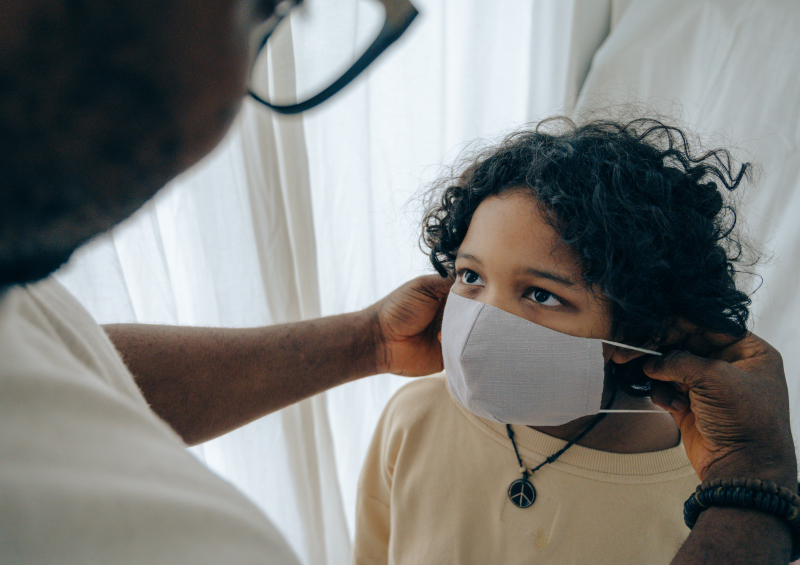
Image by Ketut Subiyanto via pexels.com 
Image by Alena Shekhovtcova via pexels.com -
A meteor that was about seven miles wide struck the world about 66 million years ago. It was moving at a speed of about 67,000 mph. As a result, over 75% of all life on the earth perished. The Earth was no longer home to dinosaurs. The Earth had an 18-month long winter. Even yet, it wasn't the largest meteor to ever strike the earth.
The truth is that meteors frequently strike the Earth. Many others narrowly miss us. It's very difficult to determine the likelihood of another meteor striking us with the same force as the one that struck Earth 66 million years ago since meteor strikes are so unpredictable. Many of them are missed by us until they are almost about to miss us.
Scientists are working to develop early warning systems that could, at the very least, give people enough time to leave, stop disasters like the Tunguska explosion of 1908 from being as destructive. However, no amount of preparedness will ever make a difference if one the size of the meteor that killed out the dinosaurs shows up.
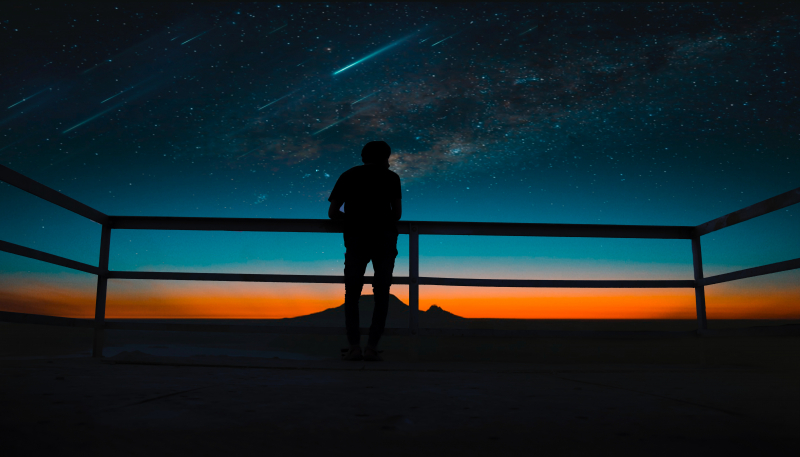
Image by Neale LaSalle via pexels.com 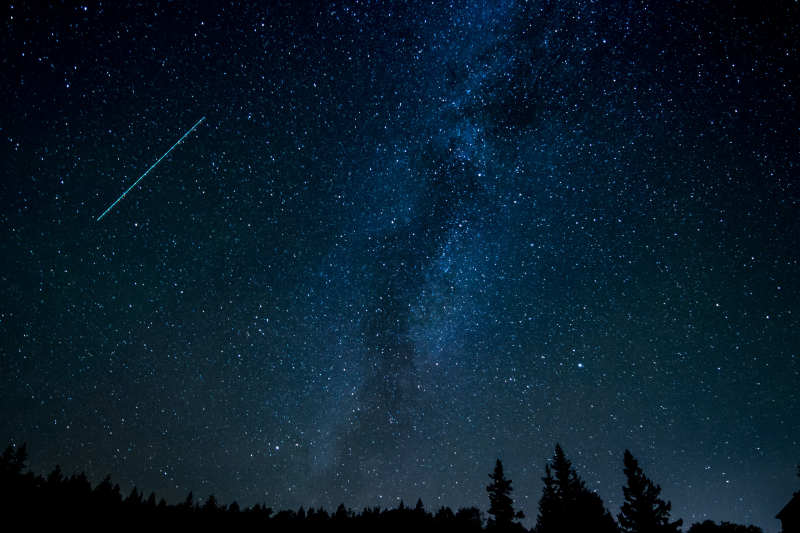
Image by Raman deep via pexels.com -
With a name like hypercane, you might expect extreme results. A hypercane is a fictitious cyclone that puts real hurricanes to shame. According to the concept of a hypercane, if the ocean were to get overheated due to climate change or something similar to a large volcanic eruption, the environment would be favorable for the development of a cyclone that extended into the upper stratosphere. This is not what typical hurricanes do.
A hypercane would have winds that were greater than 500 mph. They may potentially last for weeks since the interior pressure would be so low that they would not degrade as soon as other hurricanes. It would likely be the size of the continent of North America and be able to destroy the ozone layer.
A storm like this might have contributed to the dinosaurs' extinction after the meteor hit. And even though the circumstances are not right for them to emerge spontaneously right now, anything could happen in the future.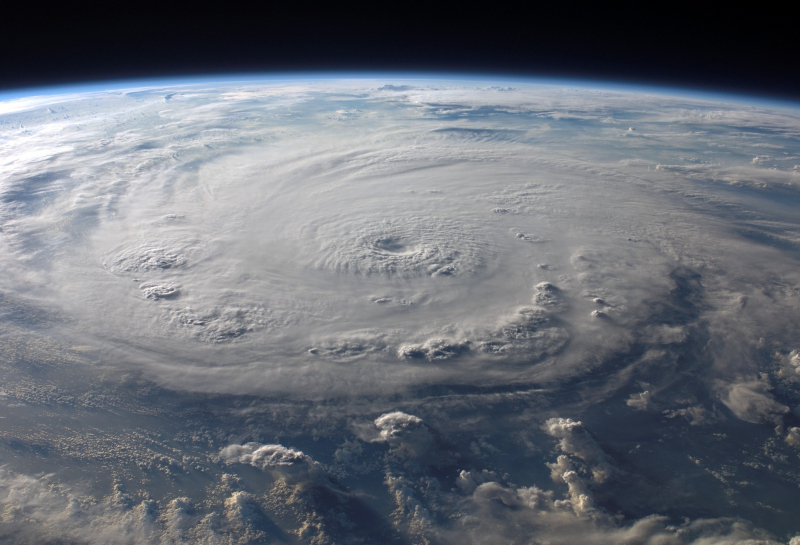
Image by Pixabay via pexels.com 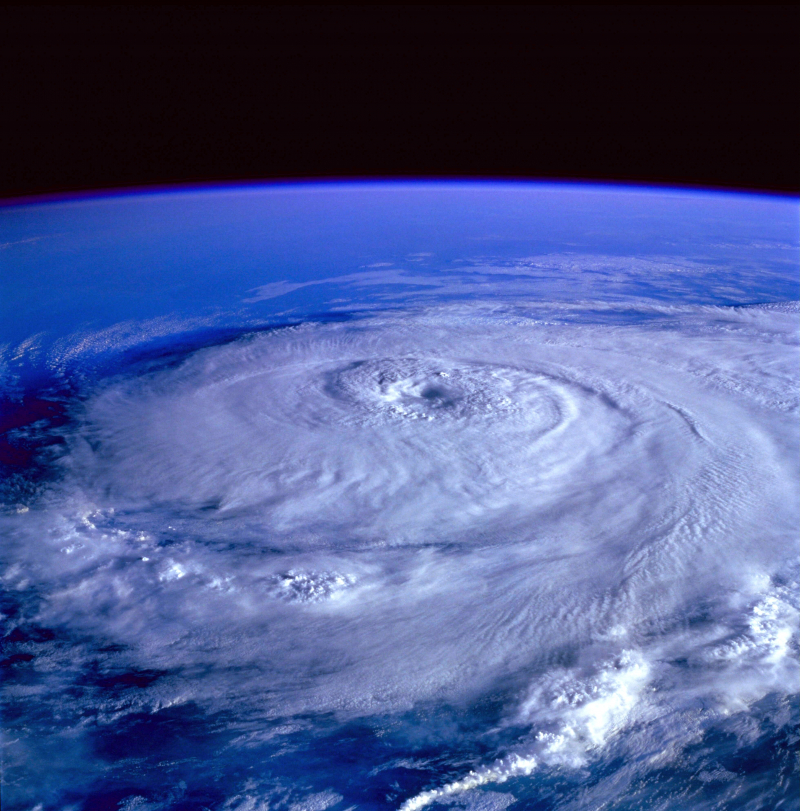
Image by Pixabay via pexels.com -
The notion of an all-consuming flood is by no means a novel one, as everyone who has ever read the Bible is aware. However, there has never before been a flood of that magnitude, as far as anyone can recollect. However, there is a risky potential in the future due to climate change.
Although earthquakes, droughts, and forest fires are what California is most famous for, floods is also a significant risk there. There is a very real possibility of a megaflood in the state, which could practically shut it down for months. In the past, California has seen devastating floods, although those times were during the Civil War. The state's infrastructure was much less developed at the time, and the destruction was not as severe. Today, transportation, sewage, and communication would all be lost. Flooding of this magnitude was estimated to cost $400 billion and relocate millions of people in 2013.
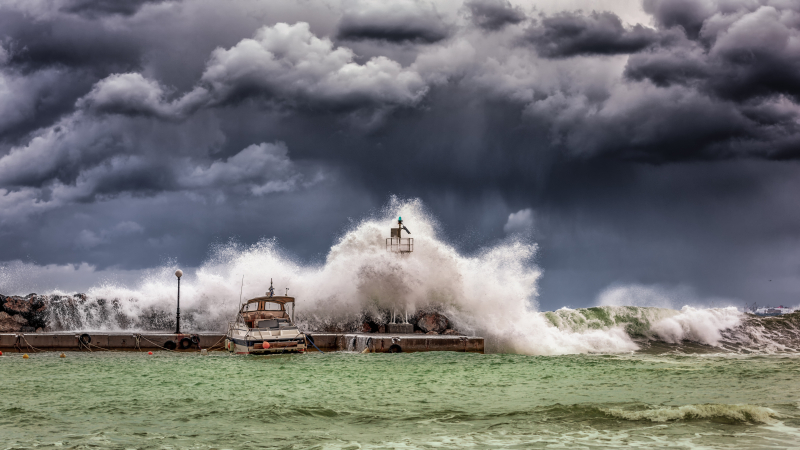
Image by GEORGE DESIPRIS via pexels.com 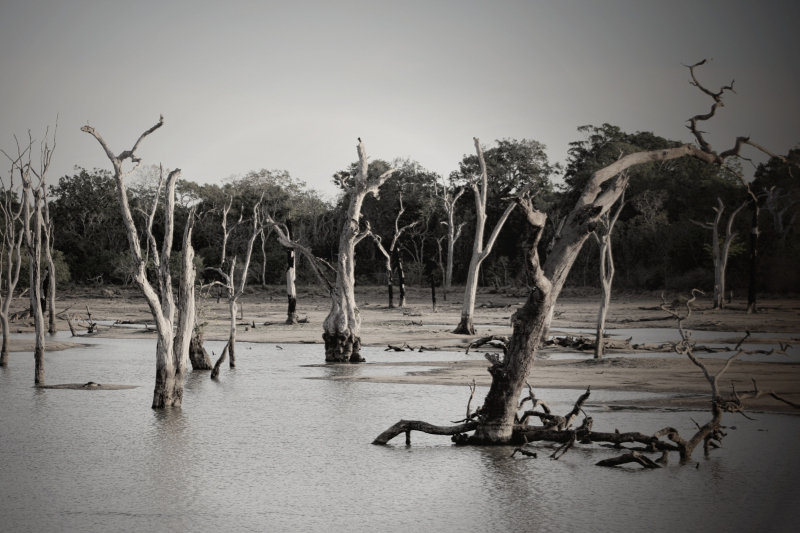
Image by Ian Turnell via pexels.com -
The Hilina Slump may be familiar to you if you are well-versed in Hawaiian culture. It's a landslide on the Kilauea volcano's flank that could bring on a megatsunami. Material from the volcano's interior makes up the slump. It gradually descends the volcano's side and flows into the ocean over time. A few inches every year are being gained by it. However, the entire slump might be liable to sink into the water in the event of a powerful eruption or earthquake. The results would be, to put it mildly, dramatic if it happened.
One of the strongest earthquakes in recorded history, measuring magnitude 9, may be caused by the slide, according to researchers. With waves as high as 1,000 feet, the tsunami that would have resulted from such an earthquake would be incredible. In fact, it's thought that something similar happened some 110,000 years ago. The likelihood of the identical event occurring again is remote, but so is the likelihood of winning the lottery, which individuals do frequently.
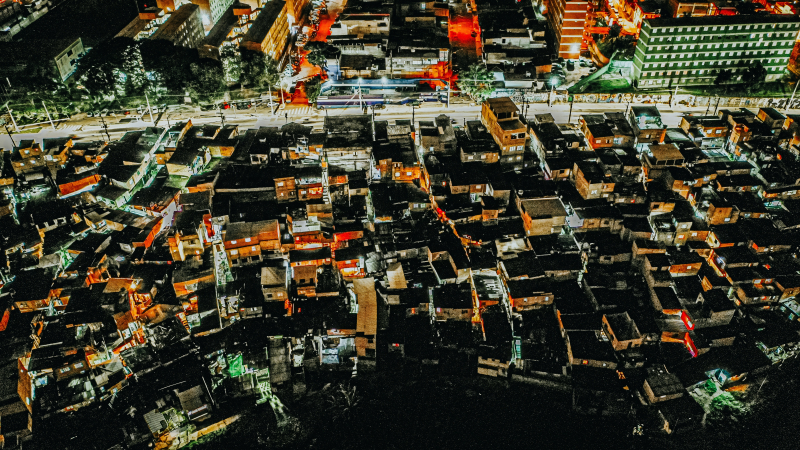
Image by sergio souza via pexels.com 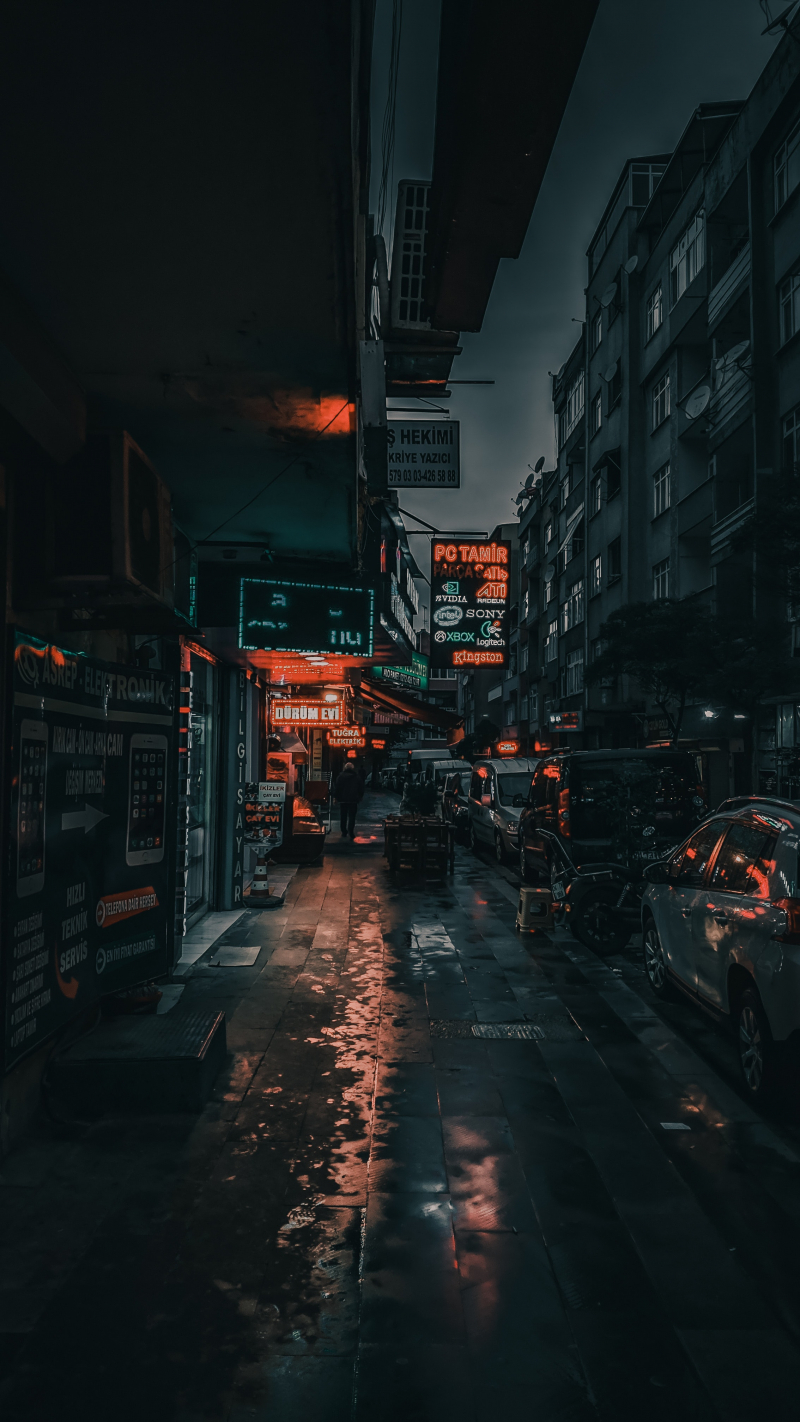
Image by Furknsaglam via pexels.com -
The most of us are at least vaguely familiar with what a black hole is. It's a large spacehole that is so strong that not even light can get through it. It seems risky, but in a far-off, unimportant sense. Things start to become a little eerie when you learn about wandering black holes, which actually roam through space.
The Earth and everything on it would perish if a wandering black hole entered our solar system. because everything on earth and the earth itself would vanish. In 2020, thirteen wandering black holes were discovered, albeit "not far" in the context of space refers to a distance of one billion light years, so don't say goodbye to your cat just yet.
We're probably all safe for the time being because the likelihood of a catastrophe like this consuming our planet plays out over eons. And if you're concerned that humans could create black holes like those predicted by the Large Hadron Collider, you shouldn't be. They're not harmful.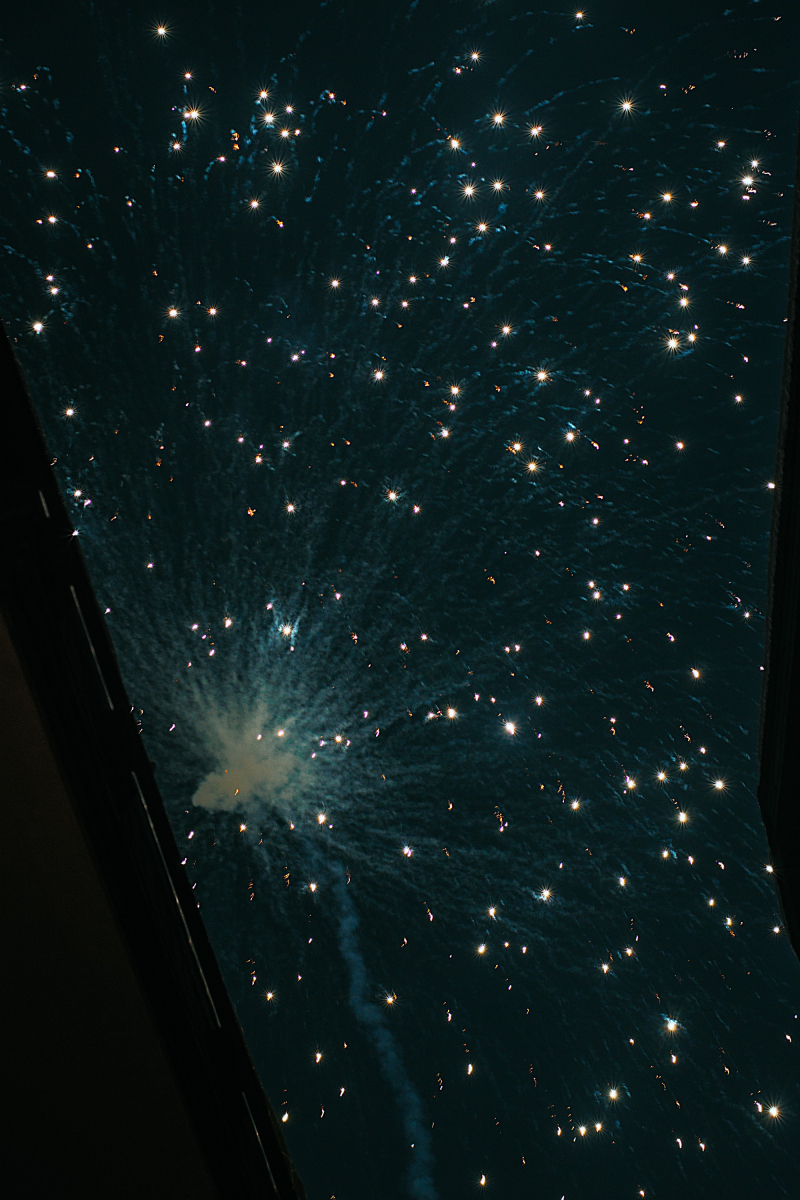
Image by Maria Orlova via pexels.com 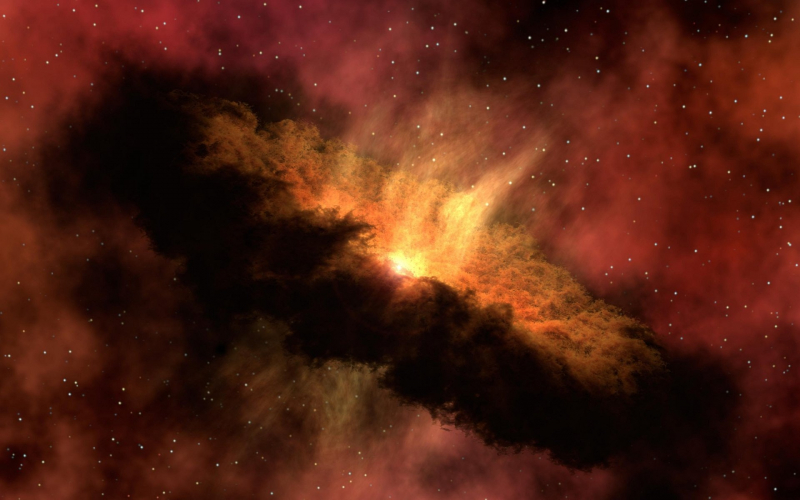
Image by Pixabay via pexels.com -
This is what people mean when they refer to "the big one." Everyone has been anticipating an earthquake to hit the west coast for a very long time. the earthquake that will strike the 600-mile-long Cascadian subduction zone, which runs from California to British Columbia.
A 9.0 magnitude earthquake struck the fault line in the year 1700. In the past century, there have only been four earthquakes of greater magnitude. The nuclear meltdown at Fukushima was caused by one of them. The coastline receded several feet as a result of the 1700 earthquake. There is a chance that a tsunami with waves of 100 feet height would follow if another earthquake of such magnitude struck.
The likelihood that a significant earthquake will strike this region within the next 50 years is one in ten. Since the previous one, the pressure has been gradually increasing, and this time it is a given that it will occur. This will occur; the question is when. And if it's large enough, it might cause the San Andreas fault to rupture.
Everything west of Interstate 5 is projected to be destroyed if the earthquake is severe enough. 140,000 square miles will be completely destroyed. If FEMA forecasts are accurate, 13,000 people will die, 27,000 will be hurt, and about a million will be displaced.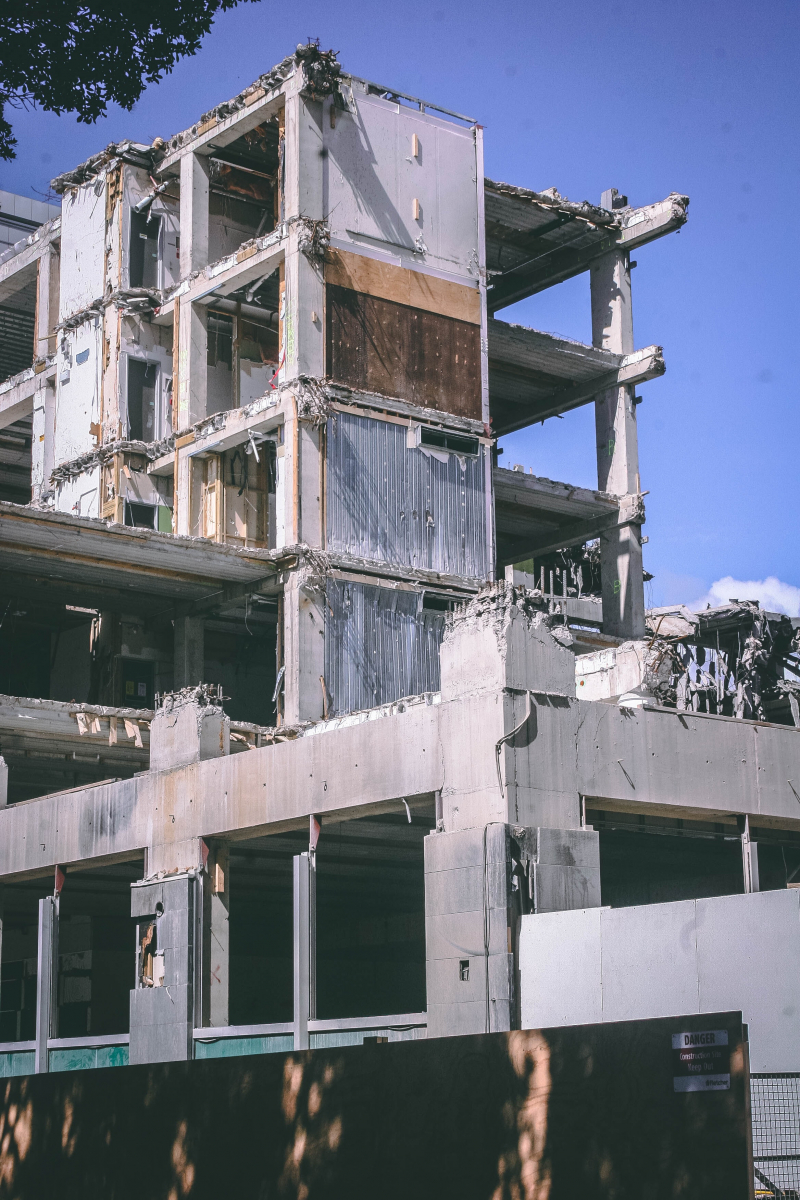
Image by Darcy Lawrey via pexels.com 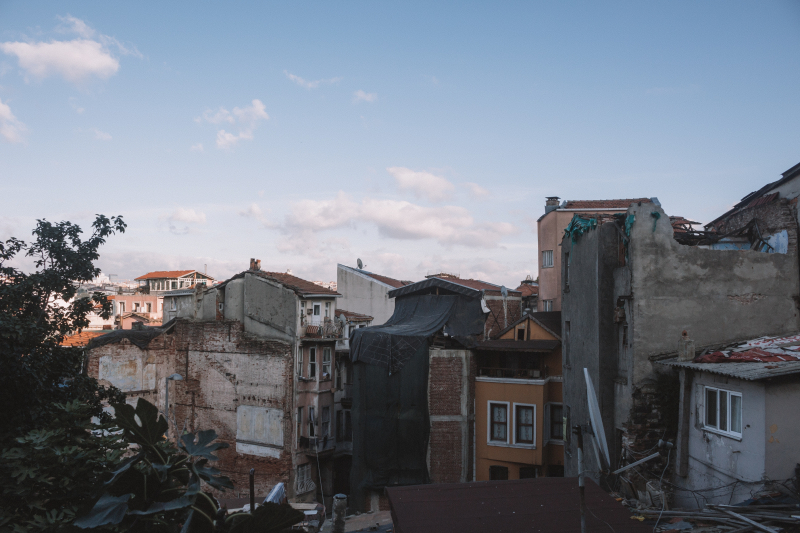
Image by Emre Can Acer via pexels.com -
Most of us do not come into contact with gamma radiation on a daily basis. If you're not the Incredible Hulk, you generally don't know anything about it. Gamma rays, however, might seriously endanger the Earth.
A gamma ray burst is an electromagnetic explosion that results from the collision of two neutron stars or the collapse of a large star. The ozone layer may be torn away from the planet by a radiation explosion if it occurred close enough to the earth. We would then all be exposed to the sun's unfiltered UV rays as a result.
Gamma bursts produce ground ozone in addition to the hole they would rip in the universe. Because it is water soluble, that ozone may seep into the ocean or suffocate vegetation on the ground. That could result in the wholesale extinction of marine life.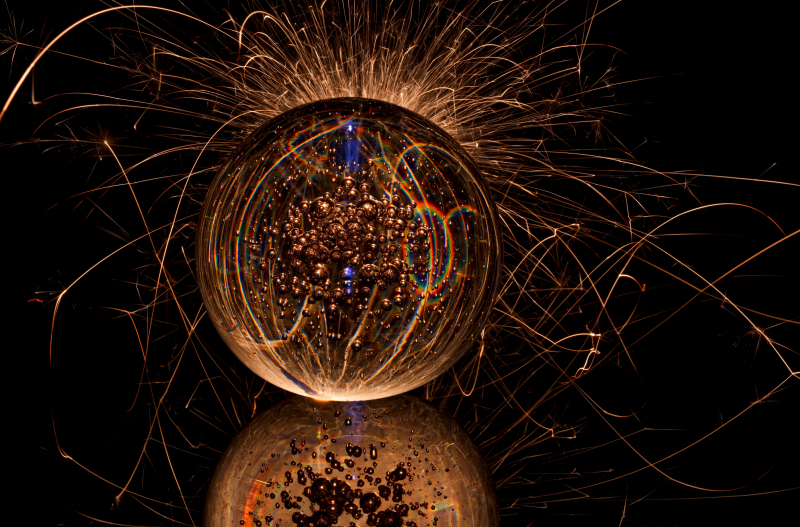
Image by Susanne Jutzeler, suju-foto via pexels.com 
Image by Nothing Ahead via pexels.com -
The majority of people are aware that Yellowstone Park is perched above a supervolcano. A significant eruption last occurred 664,000 years ago. It was 1.3 million years before that. Many believe the math indicates that another one is imminent. Mind you, there is no scientific proof for that proposition. But even if it takes a thousand years, it will probably happen once more.
The ash from the volcano's next eruption will travel thousands of miles. Several neighboring states would be entirely submerged. There are also still larger supervolcanoes in the world. The Toba supervolcano in Indonesia erupted 74,000 years ago, triggering a worldwide cold that lasted over ten years. It's thought that it almost exterminated the human race as we were developing. There wouldn't be anything that humans could do to stop one of these supervolcanoes from erupting again.
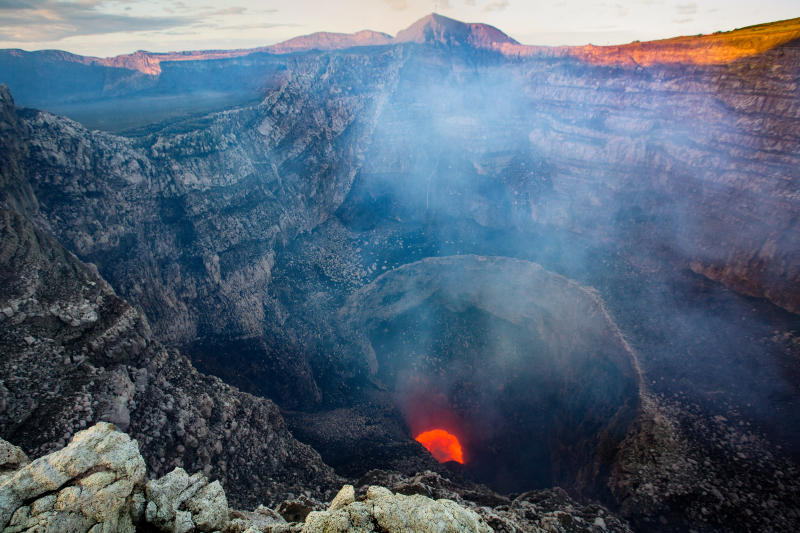
Image by ROBERTO ZUNIGA via pexels.com 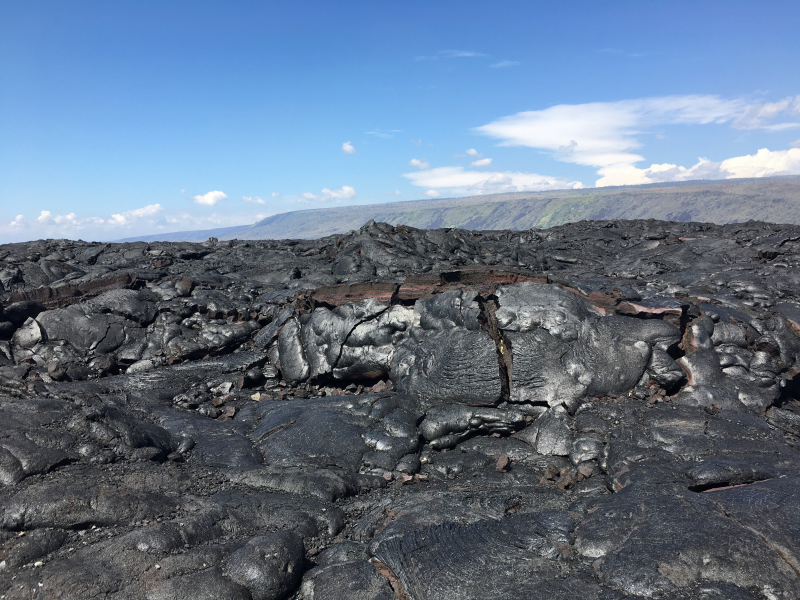
Image by Jeison Mattos via pexels.com












